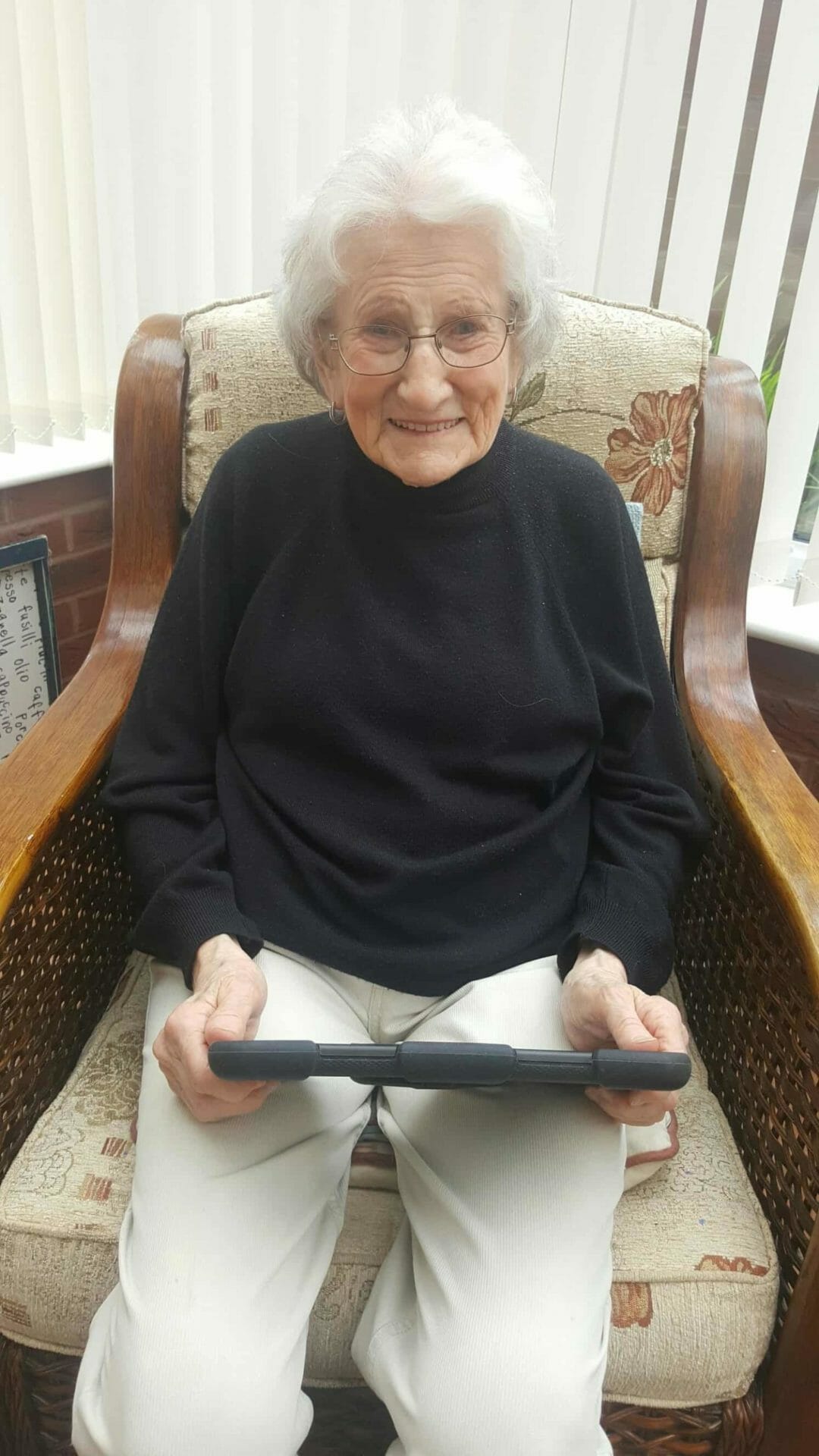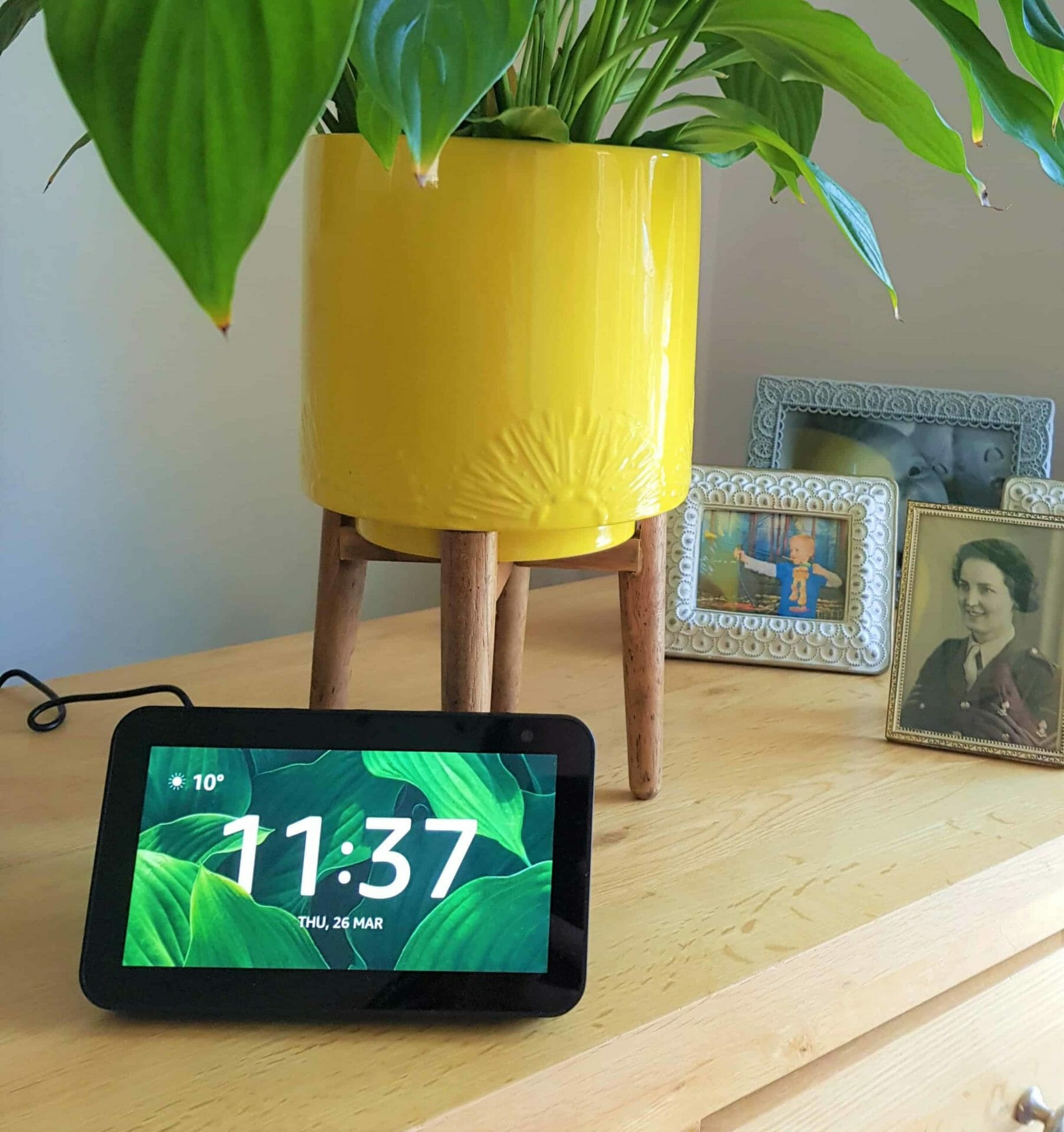Using digital technology
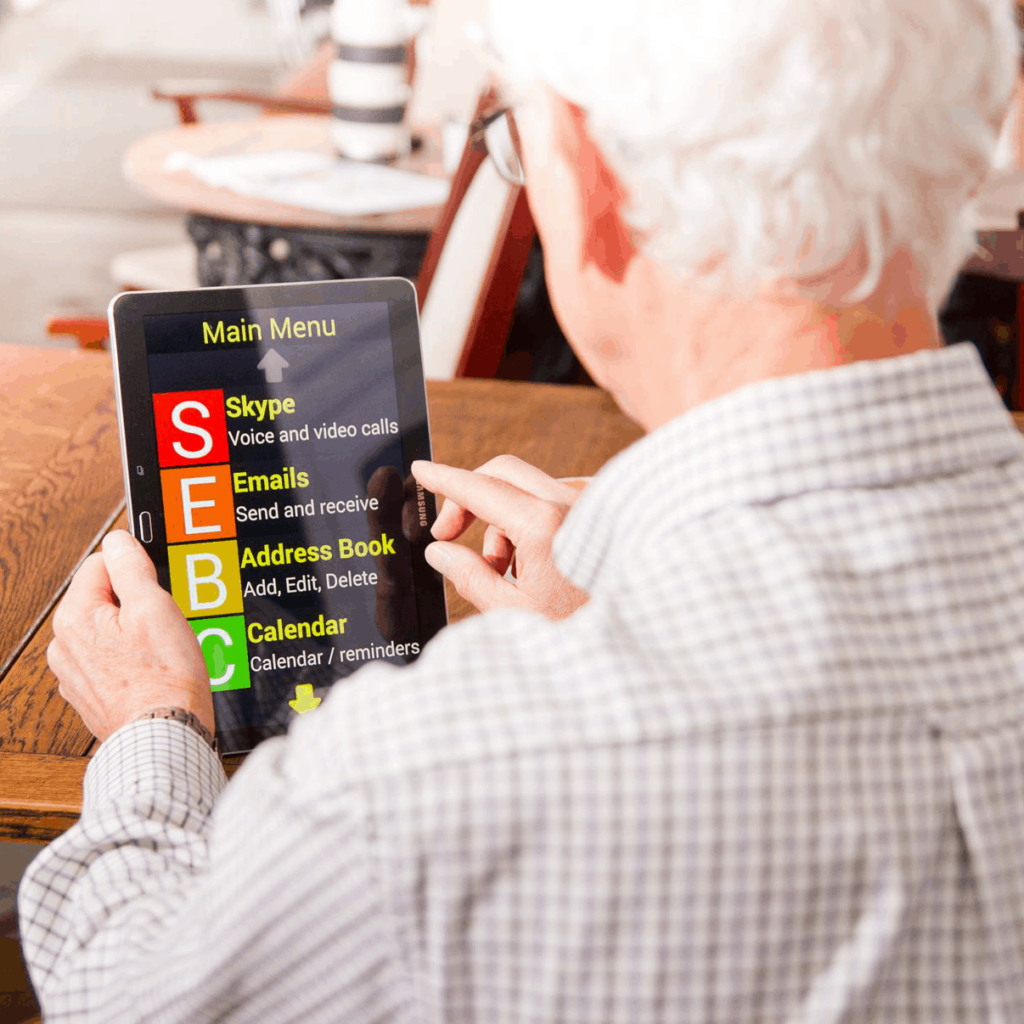
By Tim Locke, Technology Manager, Deafblind UK
As a result of the coronavirus pandemic, social interaction with friends and family has reduced for everyone. This can lead to an increased sense of isolation and loneliness, particularly for people who are deafblind.
Over the years, Deafblind UK has advocated many accessible technology solutions that have enabled people with sight and hearing loss to communicate more freely with the outside world, keeping them connected beyond the confinements of their own homes.
For example, we have demonstrated how mainstream devices such as smartphones and tablets now offer a wealth of access features – adjustments that make them easier to use for those with vision, hearing, motor and cognitive impairments.
We have seen how their integrated tools such as magnification, appearance modifications, screen readers and voice activated assistants can assist in opening up a whole new world of online activity such as video and messaging communication with loved ones, shopping for food, tips to staying healthy and active, reading books and access to vital information and news.
Here’s a reminder of some of those access tools….
https://www.apple.com/uk/accessibility/
https://support.google.com/accessibility/
https://www.microsoft.com/en-gb/accessibility/
Here are some of the useful video communication tools we have discussed in the past that can keep us all connected through the coming months:
Video calling apps
There are many internet enabled apps for communication around but we’re focusing on the accessible ones. Apple’s Facetime, Facebook’s Whats App, Microsoft’s Skype and Google’s Duo are either built in or readily available to download from the main stores and offer simple audio and video links to loved ones on mobile and computer platforms.
Virtual assistant AI technologies
Smart device ecosystems from the likes of Amazon and Google now offer integrated voice command and touchscreen interaction with screens for making video calls. The products can offer less expensive options than smartphones and computers.
All of the smart devices listed below have in built accessibility features for sight and hearing loss including appearance, magnification, screen readers and captioning.
Amazon Echo Show
Echo Show can make audio and video calls using Alexa-to-Alexa calling and/or Skype and offers additional features such as ‘Drop in’ whereby a loved one could just appear on the Echo Show screen in the home without the need for the call to be accepted. Special permissions would need to be set up. Click here to visit Amazon’s website.
Google Nest Hub Max
Google’s latest offering of smart displays – Google Nest Hub Max – now incorporates a 6.5 megapixel camera. With integrated home security at the forefront of design – it is also able to make calls with Google Duo – a video chat app available for iOS and Android mobile devices which can also be accessed on a web browser. The camera automatically pans to track movement too – so to keep you in view. Click here to find out more.
Read about Maureen and Maurice’s account of life with the Google Home Mini here.
JBL Link View
Also powered by the Google Assistant the JBL Link View is often favoured for its sound quality. Bound tightly with other Google services and offering an 8 inch screen size it also uses Google Duo to make a video call. For privacy reasons, the camera lens can also be covered when its not being used. Find out more here.
Facebook portal
The Facebook portal is designed primarily with video calling in mind. It is controlled using Facebook’s own “Hey Portal” voice service as well as via built in Alexa functionality. Video calls can be made with WhatsApp and Messenger to friends and family on smartphones and tablets aswell as being able to receive calls from these types of mobile devices. Includes camera tracking ability.
Of course, technology offerings such as the ones listed above are not suitable to everybody. Sometimes, just a regular phone call is a lovely way to hear a friendly voice.
Read about Roger’s recent heart-warming experience using ‘In your Pocket’ – an all in one fully voice controlled phone and portable media device for low vision and blind users here.
Further information
If you would like any further support, please contact our helpline:
Tel: 0800 132 320
Text: 07950 008870
Email: [email protected]
Let’s keep in touch!
Join our mailing list and we will keep you up to date about our projects and opportunities to get involved with Deafblind UK.
More Articles
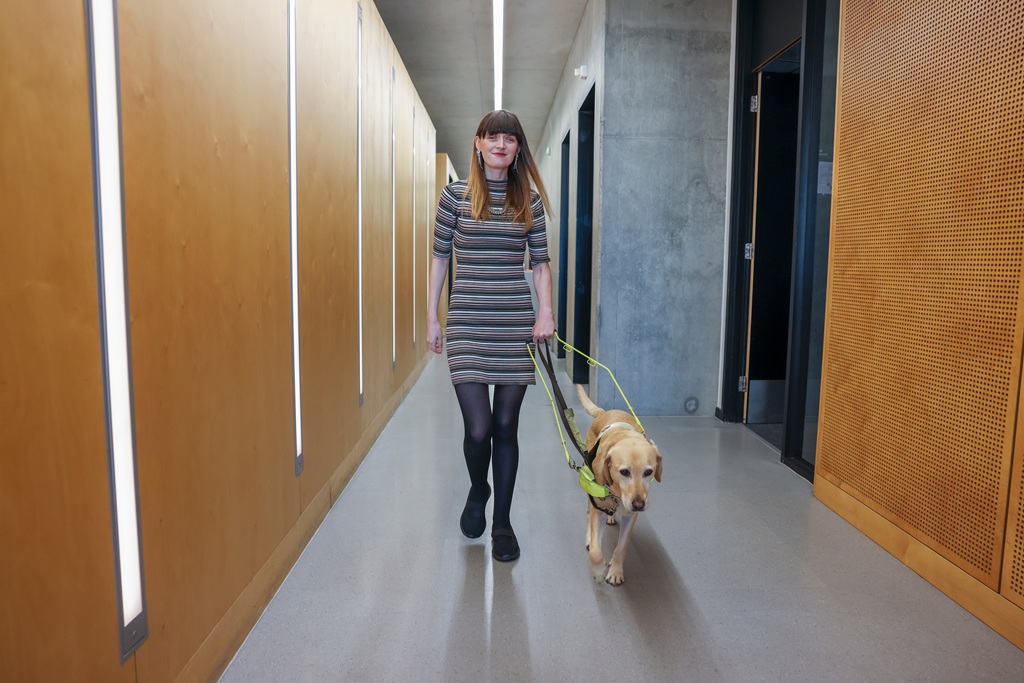
Bridging the Employment Gap for People with Deafblindness
Together, we can help close the employment gap and ensure that people with dual sensory loss have every opportunity to...
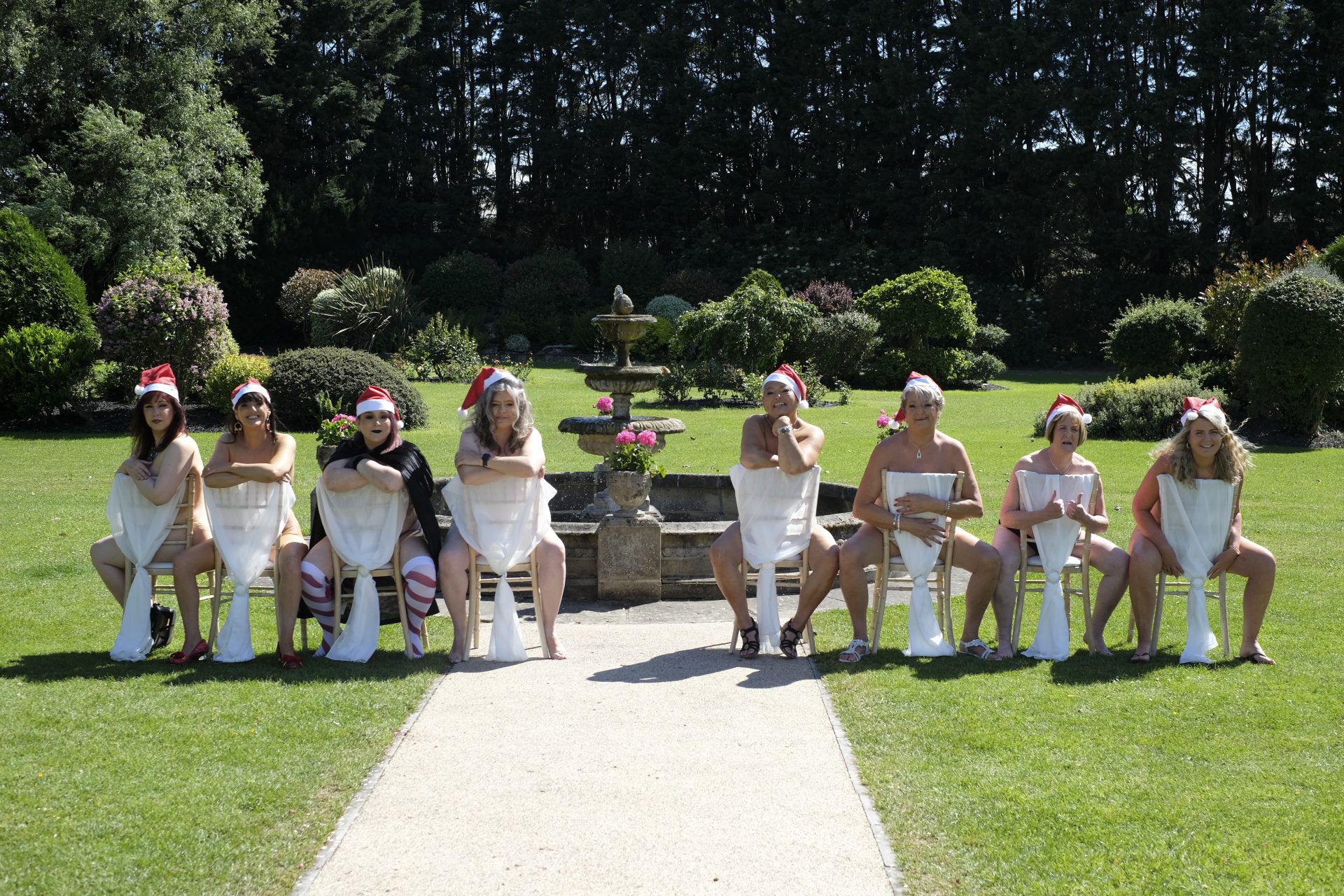
Meet the creator behind the new Blind Naked Calendar!
Megan from our fundraising team chatted with Blind Naked Calendar creator, Josephine, to find out about her life as someone…
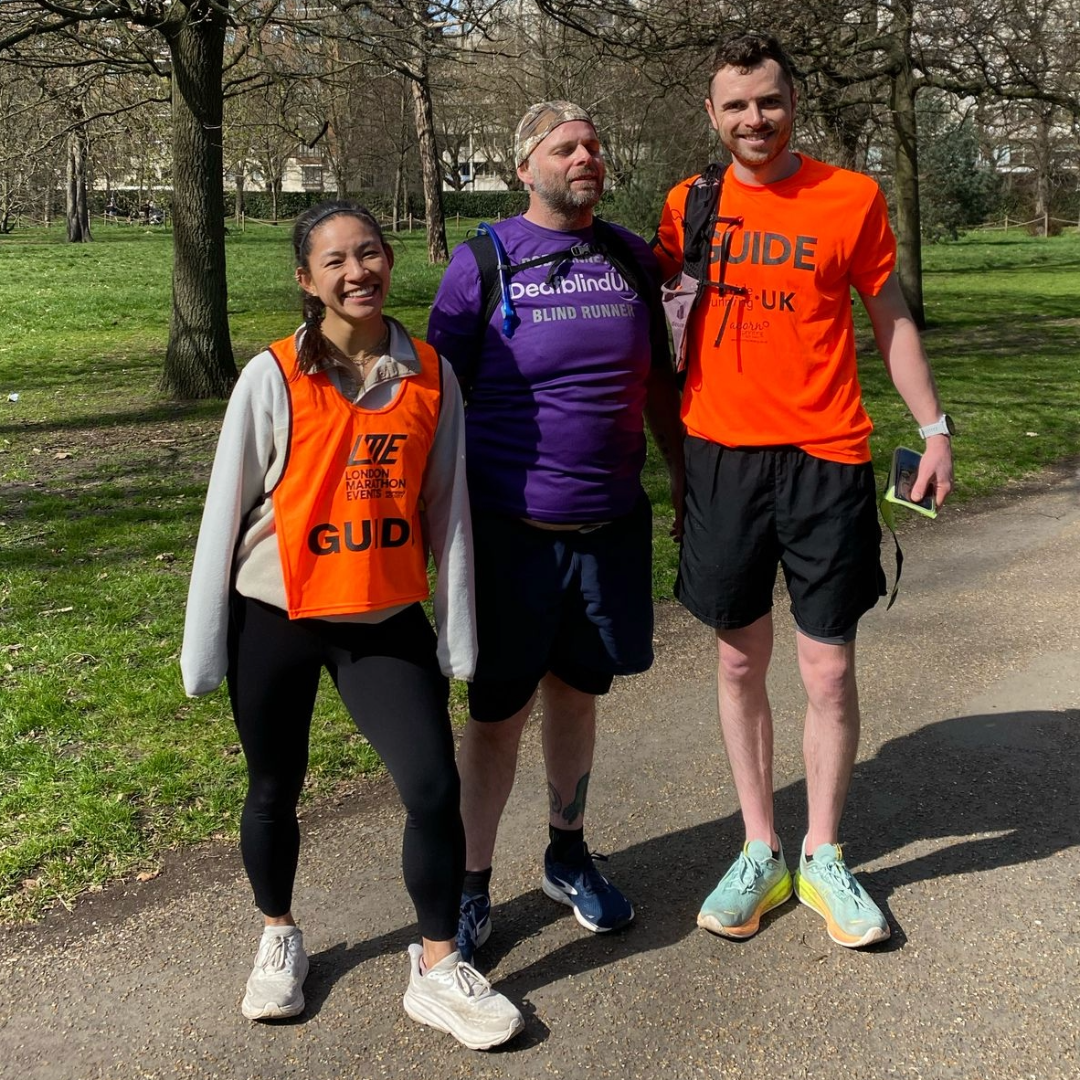
London Marathon 2025 – meet our runners!
The countdown is on! The TCS London Marathon 2025 is fast approaching, and our incredible #TeamDeafblindUK runners are lacing up…

